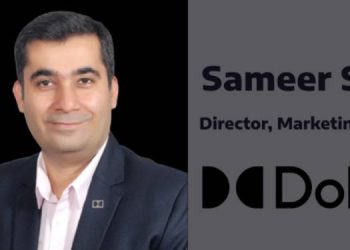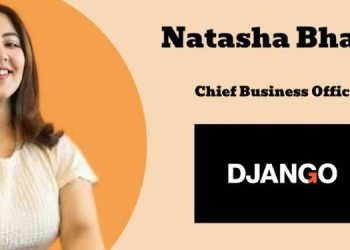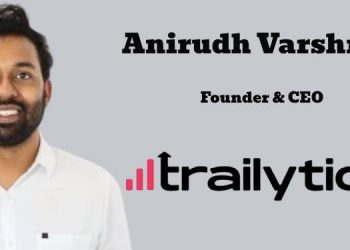According to the latest annual advertising report by Madison Group, within digital ad spends, video continues to lead in terms of share with 30pc (up from 29pc) or Rs.10,314 crore, registering a growth of 40pc in 2022. Social was the second largest at 22pc (20pc), growing the fastest at 45pc annually. The share of e-commerce advertising mirrors the growth in e-com, moving from 4.9pc in 2019 to 16pc in 2022. In the year, it grew 35pc, according to the report.
E-commerce and search are neck to neck in terms of share but e-com advertising is growing marginally faster. At this rate, it should overtake search next year.
The Dentsu Advertising Report 2023 states that social media had the largest share at 30pc (Rs 8,757 crore), closely followed by video (28pc).Spends on paid search contributed 23pc. Social media is expected to grow at a CAGR of 31pc to reach a share of 29pc by end-2024, while paid search growing 28pc is expected to end up with 22pc share.
Madison’s report states: “Many advertisers are beginning to resent the constantly rising bid prices and are looking to find cheaper ways of getting the job done.”
We asked: Has search bid cost risen in recent years? Are advertisers seeking alternatives?

E-com entrepreneur Nimish Adani, Founder and CEO, Housenama and Engrave Awards, explains, “Cost of search may have gone up – but I think the cost of all other forms of digital marketing has also gone up similarly. Also, Google search isn’t the majority of the spends for most brands – for physical goods, Amazon advertising has already garnered a significant share of marketing spends. Meta and remarketing through Google is also a large part.”

Abhishek Razdan, Co-Founder and CEO, AVTR Meta Labs, reflects, “The cost of search has gone up by 15 to 20pc in the last few years. There is greater product/category parity now and more advertisers are competing for the same keywords. Undoubtedly, marketers are seeking fresh ways to reach their intended audiences. Prior to the introduction of video commercials, which can be viewed on YT and OTT, audiences were targeted via impact/ banner ads. Connected TV and household sync are the newest ways to reach people. Nowadays, the majority of the advertisers want to link with audiences on Smart TVs because you can do precision targeting.”

Explaining the reason for the rise in search bid cost, Karan Rajpal, Marketing Director at EnableX, says, “On a sequential basis, bid costs have risen, both due to increased competition, increased propensity of customers to shop online – in essence the offline/online mix of brands changing. At this point, I don’t think there’s been any price gouging on the most popular ad networks part. Alternatives are clearly established in some categories. If your product can be fulfilled online, and you’re not on Amazon/Flipkart for all categories, and platforms like Meesho for value categories, you are likely not available in a marketplace where customers are. For B2B, both Udaan and Jio are big avenues, but the fight there, between brands, offline distributors and platforms is still playing out, and none of them will give up without a fight.”

“Search bid is getting more expensive and competitive and YoY search bids are increasing across all devices and platforms. CPC inflation is the gradual increase of average cost-per-click over time when other variables appear to be the same. industry on an average, it’s increased by 15 to 17pc. Majority of companies have paused their social media ad spends. Over the past few years, marketers have grown frustrated with misinformation, hate speech, walled-off data, decreasing organic reach, changing algorithms, and privacy breaches on the platform. Amazon is growing big as an alternative to Google and Meta in terms of digital marketing. Amazon, as it commands the third largest digital revenue. Tiktok and Snapchat which are gaining acceptance and momentum via Gen-Z audiences,” observes Yogesh Apte, Growth Marketer, DSP Mutual Funds.
So will social media and ecom benefit at the cost of search? Razdan reflects, “Certainly, as people spend more time on social media for entertainment, advertisers are increasing their investments and hence shifting their budgets to social media and online commerce. Compared to search, social can be cost-effective and one can target audiences based on their interests and behaviours. With e-commerce, you can target audiences in a variety of ways, such as by spends history, credit card limit, buying patterns, etc.”
Rajpal surmises with a prediction, “Overall, Amazon ads and Google search (especially the newer formats across shoppable ads) will do well. Instagram is still working out how it rolls out shoppable ads widely. The former two will however hold more of this market as Instagram may get limited to D2C brands – I’ll be surprised if users buy detergent or atta on Instagram in the near future!”
Seems unlikely, but with changing consumer behaviour and the evolving media landscape, you never can tell.

















